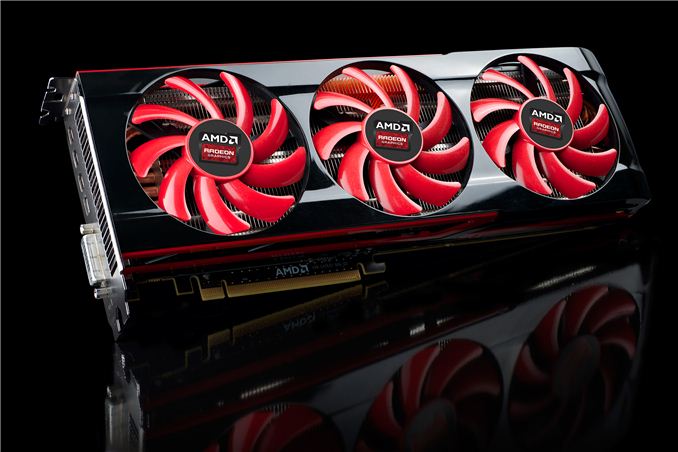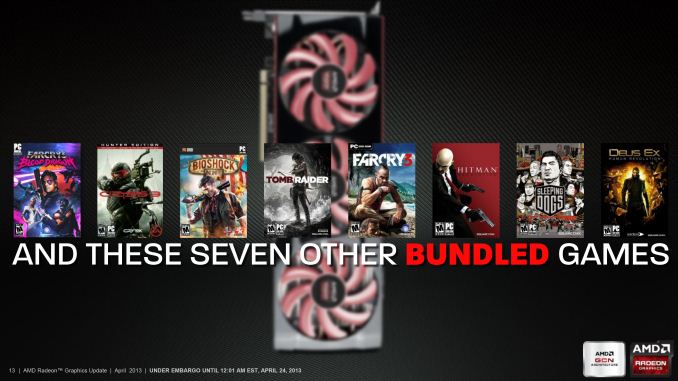The Lord of The Ring : War in The North Review
Over the past few years, The Lord of the Rings franchise has gone silent. There was a time when the world of Middle Earth was on the forefront of everyone's mind. The film franchise was doing gangbusters in the theaters, and the books were at the top of the bestseller lists. On the gaming front, LOTR was doing pretty well, with a variety of games spanning genres from action to real-time strategy performing quite well. However, once the films had ended, interest slowed to a crawl and the games faded out of memory.
Now, it seems that Tolkien's world has gotten some renewed vigor. Peter Jackson's films based on The Hobbit are finally in production, and Warner Bros. Interactive andSnowblind Studios have unleashed a brand new game set alongside the books, The Lord of the Rings: War in the North.
War in the North is an action-RPG built with a strong focus on co-op. As three warriors placed in a new story set concurrently against the events in the LOTR trilogy, War in the North adds in a brand new plot, as well as an M rating due to some pretty brutal combat. All of the familiar trappings of the action-RPG genre are here, from shops and loot to blacksmiths that repair weakened or busted weaponry; as well as some combo-based sword (and axe) play.
However, even with the significant carnage and orcish dismemberment, there's something too safe in War in the North. The gameplay doesn't take any real risks, as the combat is fairly simple, the RPG features are par for the course, and the story doesn't make any attempt to stand out in the backdrop of its established universe.
In War in the North, you and your group of warriors (no soloing here; if you don't have two friends to take control of the other two fighters, the AI will pick up the slack) must embark on a quest to (you guessed it) the North to defeat a new threat, Agandaur, one of Sauron's most deadly lieutenants.

Orc slaying is just another thing best enjoyed in a group.
One of the main ways that the original LOTR books and the recent films succeeded is that even though they were filled with tons of characters, you still found yourself caring about them. When Boromir was shot down by a hail of Uruk-hai arrows, when Gandalf was pulled into the fiery depths while fending off the Balrog, you found yourself invested in the characters and heartbroken by the tragedy. There is no such attachment with the characters in War in the North.
Your team of three, a human ranger, an elven mage, and a dwarven warrior, are completely engrossed on their mission, revealing very little in the way of any personality or reason for their quest aside from sheer valor. They're almost grim in their resolute focus, and any sense of levity that appears in the books and subsequent films is all but absent in War of the North. The game's conversation system is largely inconsequential, as you'll talk to people only to learn some extended details of the tepid storyline.
The combat is a blend of melee and ranged combat, each of which you'll employ often, regardless of who you choose. Your ranger will obviously be more adept at bow and arrow combat while your dwarf is pretty brutal with an axe, but they'll each be able to lean the other way when necessary. You'll pull off some fairly simplistic combos that result in some pretty nasty kills, but there's nothing too extravagant as far as swordplay is concerned.

Pouncing enemies like a BOSS.
The Lord of the Rings: War in the North is the first M-rated game set in Middle Earth, a badge that the game wears with distinction. While you won't see any naked elves running around or hear your dwarven warrior drop an F-bomb, the game does have a lot more blood and carnage than you might be expecting from a Lord of the Rings game. As you string combos together, you'll be able to dismember orcs with your final blows, lopping off arms, legs, and heads and getting experience multipliers for the ensuing carnage. The visceral feel is definitely welcome, and isn't a huge departure from the intense battles featured in the Peter Jackson films and the books, both of which featured their fair share of bloodletting.
Some of your special abilities can be pretty awesome, namely a Great Eagle named Beleram, who you can order to swoop in and pounce on a specific enemy, taking them out in one go. Your characters also have some of their own specific abilities. Your elven mage for example can utilize some handy magic spells, the handiest of which being Sanctuary, which surrounds the caster in a healing shell that protects against ranged attacks.
Unfortunately, as fun as the combat can be at first, it soon becomes a bit too repetitive. You'll be fighting through the same hordes of enemies again and again, with the game relying on standard tropes like fixed turrets and mobs of enemies that become shooting galleries fairly often. More often than not you and your party will be cornered into an area with enemies swarming you, and once you fight them all off, you'll be free to move onto the next area; rinse, lather, repeat.
Additionally, while the co-op is implemented well, some flaws begin to show up when you play the game alone. While the game has an RPG system that lets you equip new armor and weapons to your character, you can't change your AI-controlled teammates' equipment. You can't switch between them on the fly, and you'll have to wait until you complete specific sections before you're given the chance to choose one of your other characters. You can't level them up either until you have control over them, which is another problem. There somewhat of a workaround, as you can exit out of your game and select them from the menu, at which point you'll pick up at your last checkpoint as the newly selected character. However, this is far from an elegant solution and you'll be left wondering why you can't just select between them on the fly in a single-player game.
Another sore spot is your inability to issue specific orders your teammates. While you can tell them to either "Attack" or "Defend", they'll still often act on their own accord and leave you vulnerable to attacks while they do their own thing. I noticed this quite a bit when I was manning a turret and swarms of enemies were attacking our group.

The battles are visceral, but grow repetitive before too long.
As I was on the turret trying to take out as many as I could, and I had tasked the group to defend our position. However, they still managed to keep their attack pattern of rushing at a foe and fighting separately from the unit. Conversely, I had them "Attack" to see what changes they would make to their strategy. Again, they seemed to keep up whatever attack pattern they had been adhering to before. Trying to take control of my group felt like I was pounding away at a crosswalk button and the light wouldn't change.
However, for all the naysaying, there is still a good game to be found in War in the North. The combat itself is well done, and the RPG features, while fairly standard stuff for the genre, are also pretty solid. There's plenty of loot to be had, with many weapons, armor, and crafting items to be found, as well as items that can be sold for more coin.
THE VERDICT
While it’s admirable that the team had opted to create an original story set alongside the events in the books, you’ll wish that they had attempted to take more risks with the project. The characters are bland and lifeless, and the combat, while fun at first, gets pretty repetitive before too long.

















